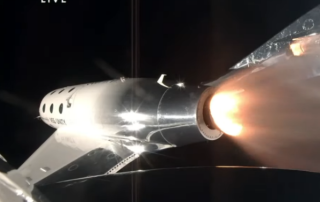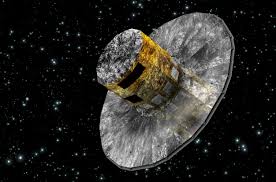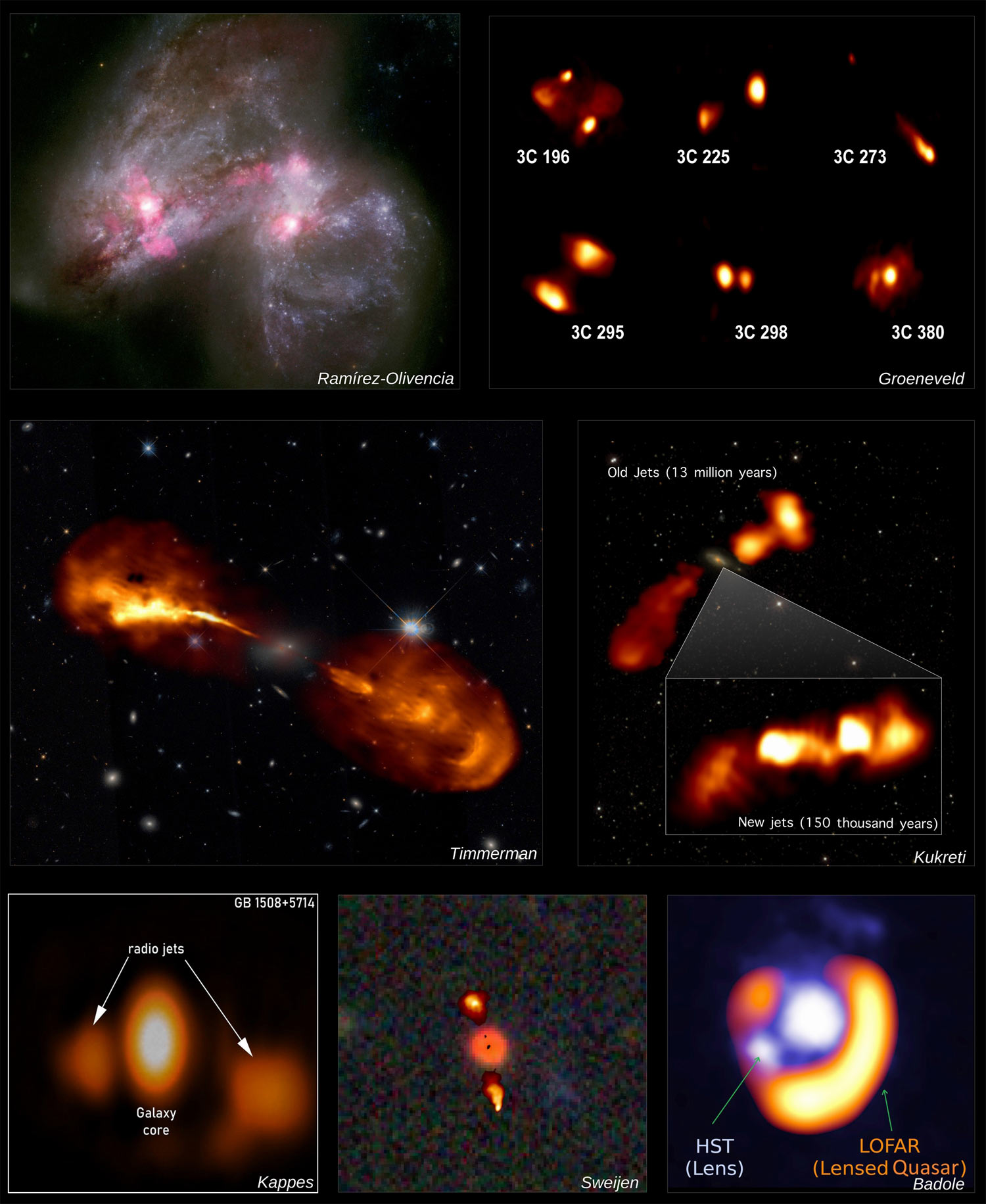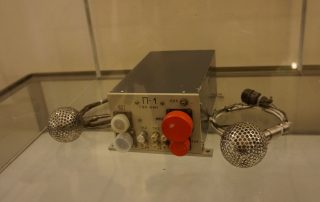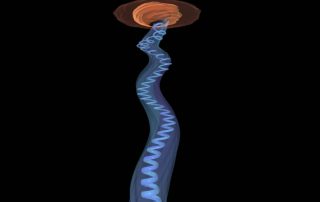A new experiment with a Bulgarian instrument from the Liulin series on Virgin Galactic’s SpaceShipTwo spaceplane
Virgin Galactic company has conducted its first commercial mission into suborbital space with the SpaceShipTwo spaceplane. (Virgin Galactic launches first commercial spaceflight (spacedaily.com)) The flight began on June 29, 2023 at 11 a.m. EDT (16:00 GMT) from Spaceport America in New Mexico, USA. (Home | Virgin Galactic) The mission involved two pilots and four passengers: Pantaleone Carlucci, an engineer at the National Research Council of Italy, Colin Bennett, an astronaut instructor at Virgin Galactic, Colonel Walter Villadei of the Italian Air Force, and Lieutenant Colonel Angelo Landolfi, a doctor from the Italian Air Force. Virgin Galactic calls this mission Galactic 01. It is a joint research study of the Italian Air Force and the National Research Council of Italy called "Virtute 1". The mission [...]


